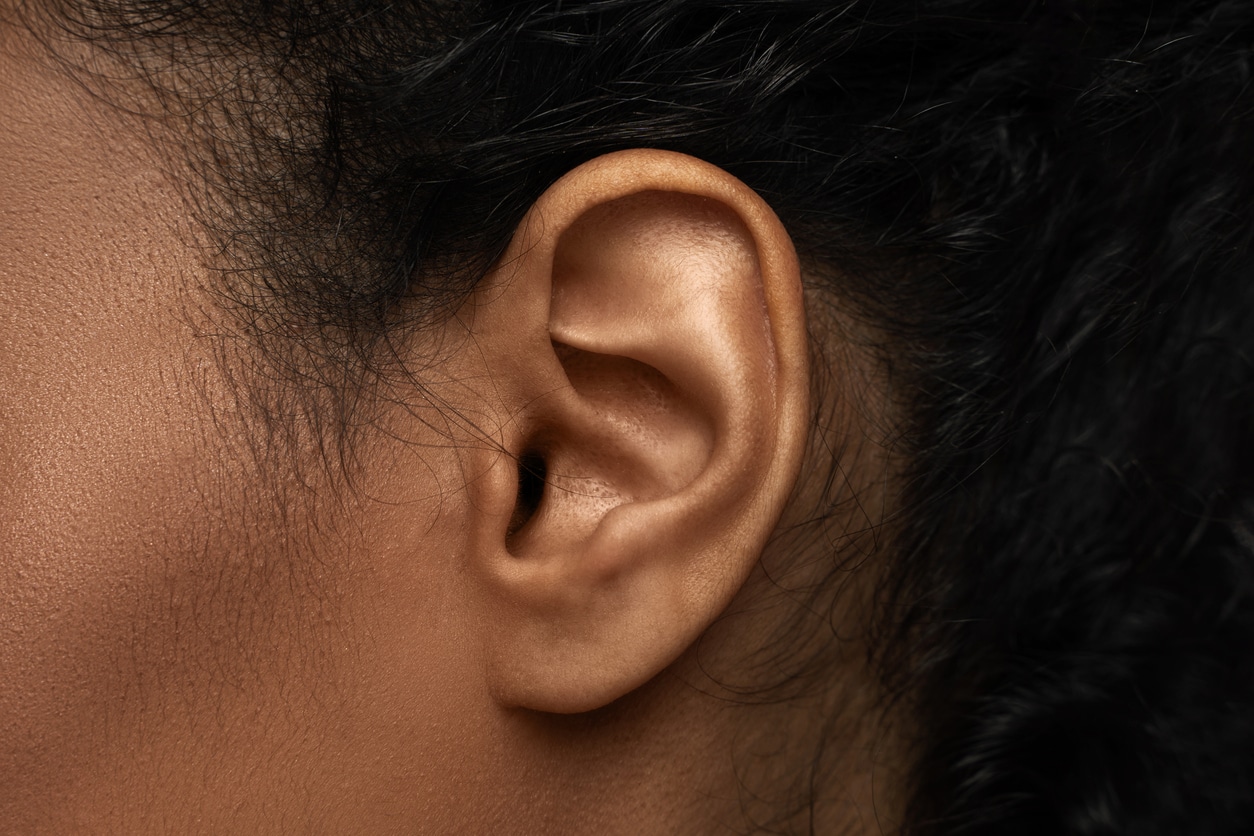Preserving auditory health as we get older can be facilitated by understanding the mechanics of our ears and hearing. This knowledge helps us take preventive measures like wearing ear protection and maintaining proper ear hygiene. Here are five intriguing facts about the auditory system that can help guide your hearing care.
Your Ears Are Always Listening

Ears are always on duty, constantly picking up sounds, even during sleep. While we rest, the brain sorts out noises, deciding which ones to tune out and which could be important enough to wake us. This highlights the need for hearing protection since never-ending exposure to loud noise can lead to hearing loss. In fact, around 15% of American adults report some degree of hearing difficulty.
Ears Clean Themselves
The production of earwax is a natural cleaning mechanism for the ear. It captures dust and debris, safeguarding the ear canal. Natural jaw movements during eating or talking help to dislodge this earwax and move it outwards, where it can exit the ear naturally. This is why it’s not advisable to use alternative methods to clean your ears, which could push wax further in and potentially harm the sensitive structures inside. Instead, if you think you need earwax removed, you should see a doctor.
Balance and the Ears
Hearing isn’t the only function of the ear; it’s also pivotal for balance. Within the ear, small, fluid-filled structures and hair-like sensors are instrumental in detecting head movements. Conditions like ear infections can disrupt balance by interfering with this fluid movement. Consulting a doctor is crucial if you exhibit signs of an ear infection because a consequence of an ear infection could be dizziness or loss of balance.
Sensorineural Hearing Loss is a Common Form of Hearing Loss
Sensorineural hearing loss is the most prevalent type of hearing loss, occurring from damage to the inner ear or the auditory nerve pathways to the brain. Often a result of long-term exposure to high-decibel environments, this type of hearing loss highlights the need for moderated volume levels and hearing protection. Hearing aids can typically be used to manage sensorineural hearing loss.
Hair Cells and Hearing
Within the inner ear lie microscopic hair cells crucial to the process of hearing. They transform sound waves into electrical impulses that the brain understands as sound. Damage to these cells is usually irreversible, which is why such hearing loss is often permanent. Protecting these cells is, therefore, essential to the maintenance of hearing function.
The ears are sophisticated systems that not only capture sounds but also contribute to our overall sensory experience. Gaining a deeper knowledge of how your ears function incites appreciation and can motivate better care practices. For more information about your hearing health or to arrange a hearing test, contact Gary D. Schwartzberg, Au.D., Doctor of Audiology.